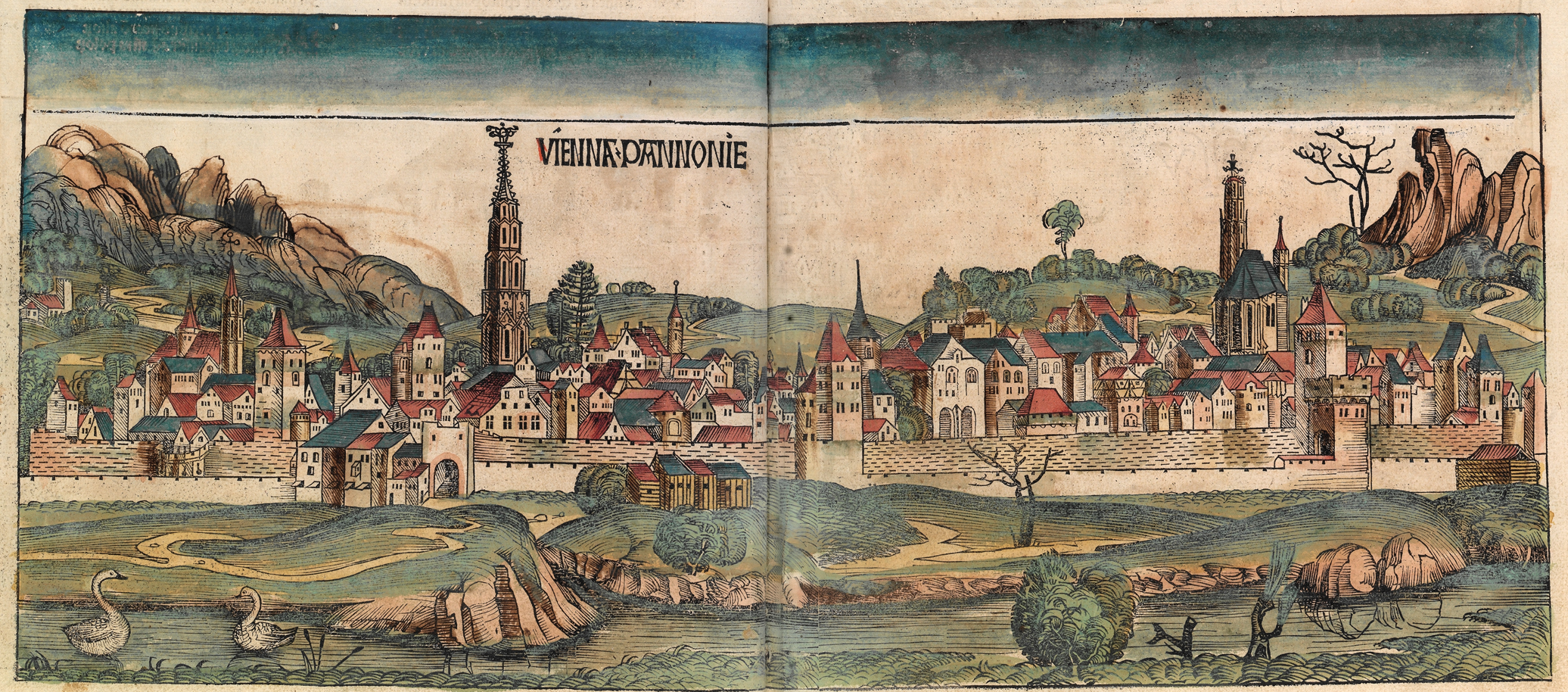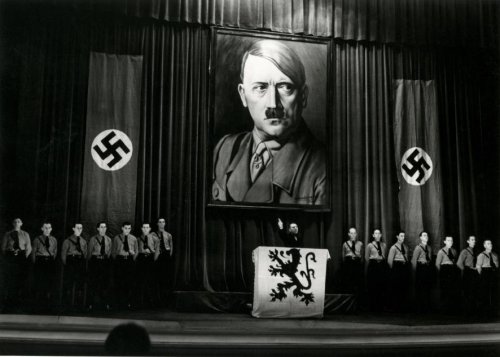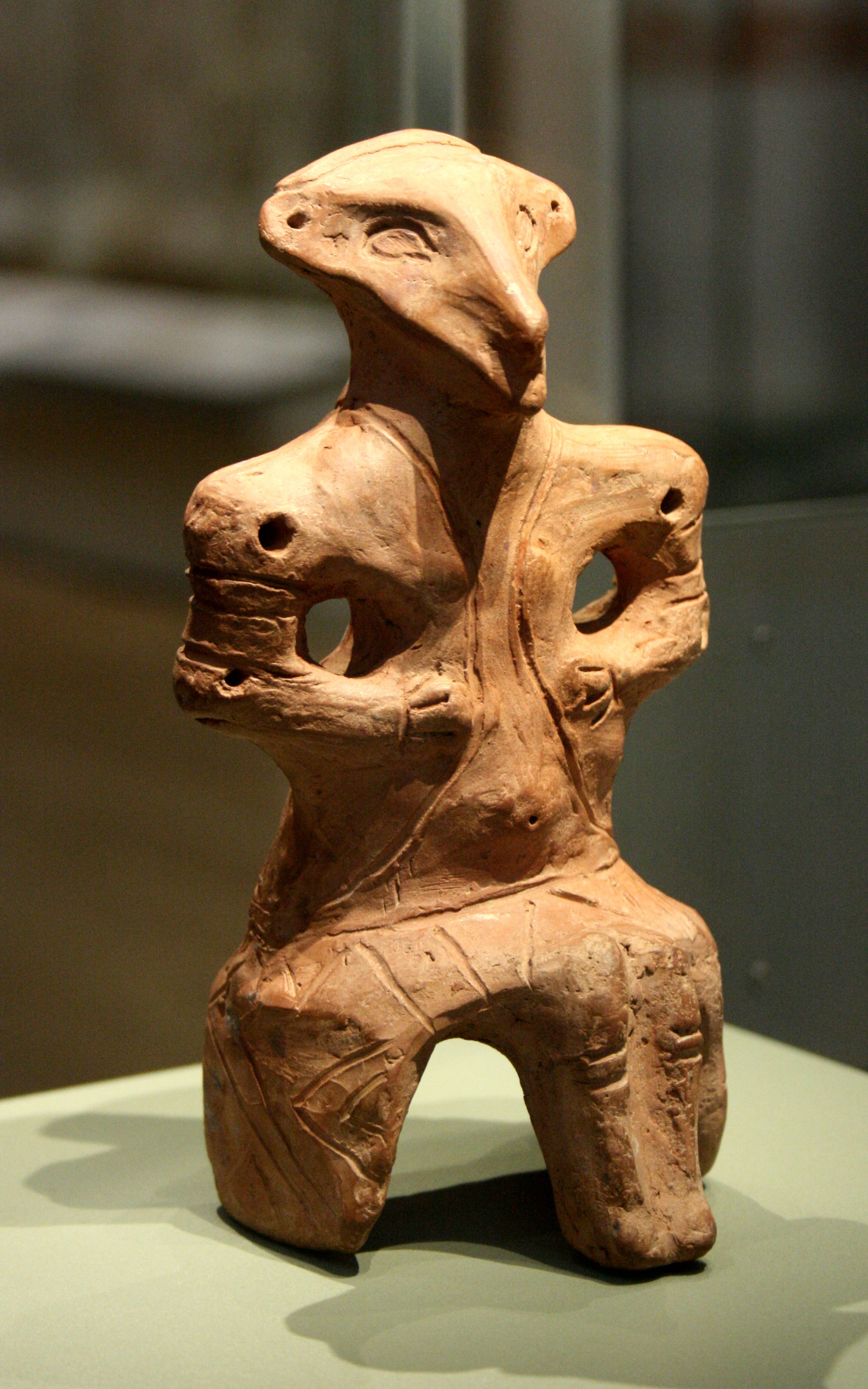|
Svetozar Đanić
Svetozar Đanić (; 1 April 1917 – 18 June 1941) was a Croatian and Yugoslav footballer who played for Yugoslavia and Croatia national teams. He was also known as Milan or Cveta. Club career Born during the latter part of World War I in a small Syrmian village, Đanić started playing football with Novi Sad outfit FK Slavija. At the age of 17, he moved to their more established crosstown rivals FK Vojvodina and immediately established himself in the first team. Two years later, in 1936, together with brother Miran, he moved to Zagreb in pursuit of university studies. Parallel to studies he also played football with HŠK Građanski, spending the 1936–37 season with them. Đanić's studies then took him to Czechoslovakia for a year where he also played one season for SK Židenice (5 league starts, 3 goals during 1937–38 season) and one season for SK Viktoria Plzeň (1938–39). International career Returning to Zagreb, he also continued playing for Građanski, eventu ... [...More Info...] [...Related Items...] OR: [Wikipedia] [Google] [Baidu] |
Manđelos
Manđelos () is a village located in the Sremska Mitrovica municipality, in the Syrmia District of Vojvodina, Serbia. The village has a Serb ethnic majority and its population numbering 1,533 people (2002 census). Name In Serbian language, Serbian, the village is known as ''Manđelos'' or Манђелос and by the Hungarian language, Hungarians as ''Nagyolaszi'' or ''Nagyolasz''. Notable people * Miroslav Bogosavac is from Manđelos * Boško Palkovljević Pinki is from Manđelos * Svetozar Đanić Historical population *1961: 1,263 *1971: 1,418 *1981: 1,516 *1991: 1,470 See also *List of places in Serbia *List of cities, towns and villages in Vojvodina References *Slobodan Ćurčić, Broj stanovnika Vojvodine, Novi Sad, 1996. Sremska Mitrovica Populated places in Syrmia {{SremRS-geo-stub ... [...More Info...] [...Related Items...] OR: [Wikipedia] [Google] [Baidu] |
Novi Sad
Novi Sad ( sr-Cyrl, Нови Сад, ; #Name, see below for other names) is the List of cities in Serbia, second largest city in Serbia and the capital of the autonomous province of Vojvodina. It is located in the southern portion of the Pannonian Plain on the border of the Bačka and Syrmia geographical regions. Lying on the banks of the Danube river, the city faces the northern slopes of Fruška Gora and it is the fifth largest of all List of cities and towns on the river Danube, cities on the river Danube. It is the largest Danube city that is not the capital of an independent state. , the population of the city proper area totals 260,438 while its urban area (including the adjacent settlements of Petrovaradin and Sremska Kamenica) comprises 306,702 inhabitants. According to the city's Informatika Agency, Novi Sad had 415,712 residents in 2025. Novi Sad was founded in 1694, when Serb merchants formed a colony across the Danube from the Petrovaradin Fortress, a strategic Habsb ... [...More Info...] [...Related Items...] OR: [Wikipedia] [Google] [Baidu] |
Yugoslav Partisans
The Yugoslav Partisans,Serbo-Croatian, Macedonian language, Macedonian, and Slovene language, Slovene: , officially the National Liberation Army and Partisan Detachments of Yugoslavia sh-Latn-Cyrl, Narodnooslobodilačka vojska i partizanski odredi Jugoslavije (NOV i POJ), Народноослободилачка војска и партизански одреди Југославије (НОВ и ПОЈ); ; (often shortened as the National Liberation Army sh-Latn-Cyrl, Narodnooslobodilačka vojska (NOV), Народноослободилачка војска (НОВ); ; ) was the Communist Party of Yugoslavia, communist-led Anti-fascism, anti-fascist resistance to the Axis powers (chiefly Nazi Germany) in occupied Yugoslavia during World War II. Led by Josip Broz Tito, the Partisans are considered to be Europe's most effective anti-Axis powers, Axis Resistance during World War II, resistance movement during World War II. Primarily a Guerrilla warfare, guerrilla force at its ince ... [...More Info...] [...Related Items...] OR: [Wikipedia] [Google] [Baidu] |
Vienna
Vienna ( ; ; ) is the capital city, capital, List of largest cities in Austria, most populous city, and one of Federal states of Austria, nine federal states of Austria. It is Austria's primate city, with just over two million inhabitants. Its larger metropolitan area has a population of nearly 2.9 million, representing nearly one-third of the country's population. Vienna is the Culture of Austria, cultural, Economy of Austria, economic, and Politics of Austria, political center of the country, the List of cities in the European Union by population within city limits, fifth-largest city by population in the European Union, and the most-populous of the List of cities and towns on the river Danube, cities on the river Danube. The city lies on the eastern edge of the Vienna Woods (''Wienerwald''), the northeasternmost foothills of the Alps, that separate Vienna from the more western parts of Austria, at the transition to the Pannonian Basin. It sits on the Danube, and is ... [...More Info...] [...Related Items...] OR: [Wikipedia] [Google] [Baidu] |
Ustaše
The Ustaše (), also known by anglicised versions Ustasha or Ustashe, was a Croats, Croatian fascist and ultranationalist organization active, as one organization, between 1929 and 1945, formally known as the Ustaša – Croatian Revolutionary Movement (). From its inception and before the World War II, Second World War, the organization engaged in a series of terrorist activities against the Kingdom of Yugoslavia, including collaborating with Internal Macedonian Revolutionary Organization, IMRO to assassinate King Alexander I of Yugoslavia#Assassination of Alexander I, Alexander I of Yugoslavia in 1934.The Assassination of Europe, 1918-1942: A Political History, Howard M. Sachar, University of Toronto Press, 2014, , pp. 251–258. During World War II in Yugoslavia, the Ustaše went on to perpetrate The Holocaust in the Independent State of Croatia, the Holocaust and genocide against its Jews, Jewish, Genocide of Serbs in the Independent State of Croatia, Serb and Romani Holoca ... [...More Info...] [...Related Items...] OR: [Wikipedia] [Google] [Baidu] |
Collaboration With Nazi Germany And Fascist Italy
In World War II, many governments, organizations and individuals Collaborationism, collaborated with the Axis powers, "out of conviction, desperation, or under coercion". Nationalists sometimes welcomed German or Italian troops they believed would liberate their countries from colonization. The Danish, Belgian and Vichy French governments attempted to appease and bargain with the invaders in hopes of mitigating harm to their citizens and economies. Some countries' leaders such as Henrik Werth of Axis member Hungary, cooperated with Italy and Germany because they wanted to regain territories lost during and after World War I, or which their nationalist citizens simply coveted. Others such as France already had their own burgeoning fascist movements and/or antisemitic sentiment, which the invaders validated and empowered. Individuals such as Hendrik Seyffardt in the Netherlands and Theodoros Pangalos in Greece saw collaboration as a path to personal power in the politics of their ... [...More Info...] [...Related Items...] OR: [Wikipedia] [Google] [Baidu] |
Royal Yugoslav Army
The Yugoslav Army ( sh-Latn-Cyrl, Jugoslovenska vojska, JV, Југословенска војска, ЈВ), commonly the Royal Yugoslav Army, was the principal Army, ground force of the Kingdom of Yugoslavia. It existed from the establishment of Yugoslavia in December 1918 until its surrender to the Axis powers on 17 April 1941. Aside from fighting along the First Austrian Republic, Austrian border in 1919 and 1920 related to territorial disputes, and some border skirmishes on its southern borders in the 1920s, the JV was not involved in fighting until April 1941 when it was quickly overcome by the Nazi Germany, German-led invasion of Yugoslavia. Shortly before the invasion, Serbian officers of the Yugoslav General Staff, encouraged by British Special Operations Executive personnel in Belgrade, led Yugoslav coup d'état, a coup d'état against Prince Paul of Yugoslavia and Dragiša Cvetković for Yugoslav accession to the Tripartite Pact, adhering to the Tripartite Pact. Beyo ... [...More Info...] [...Related Items...] OR: [Wikipedia] [Google] [Baidu] |
Belgrade
Belgrade is the Capital city, capital and List of cities in Serbia, largest city of Serbia. It is located at the confluence of the Sava and Danube rivers and at the crossroads of the Pannonian Basin, Pannonian Plain and the Balkan Peninsula. The population of the Belgrade metropolitan area is 1,685,563 according to the 2022 census. It is one of the Balkans#Urbanization, major cities of Southeast Europe and the List of cities and towns on the river Danube, third-most populous city on the river Danube. Belgrade is one of the List of oldest continuously inhabited cities, oldest continuously inhabited cities in Europe and the world. One of the most important prehistoric cultures of Europe, the Vinča culture, evolved within the Belgrade area in the 6th millennium BC. In antiquity, Thracians, Thraco-Dacians inhabited the region and, after 279 BC, Celts settled the city, naming it ''Singidunum, Singidūn''. It was Roman Serbia, conquered by the Romans under the reign of Augustus and ... [...More Info...] [...Related Items...] OR: [Wikipedia] [Google] [Baidu] |
Hungary National Football Team
The Hungary national football team (, ) represents Hungary in men's international Association football, football, and is controlled by the Hungarian Football Federation. The team has made nine appearances in the FIFA World Cup, and five in the UEFA European Championship. Hungary plays their home matches at the Puskás Aréna, in Budapest, which opened in November 2019. Hungary has a respectable football history, having won three Football at the Summer Olympics, Olympic titles, finishing runners-up in the 1938 FIFA World Cup, 1938 and 1954 FIFA World Cup, 1954 World Cups, and third in the 1964 European Nations' Cup, 1964 European Championship. Hungary revolutionized the sport in the 1950s, laying the tactical fundamentals of Total Football and dominating international football with the remarkable Golden Team which included legend Ferenc Puskás, one of the top goalscorers of the 20th century, to whom FIFA dedicated the FIFA Puskás Award, Puskás Award, given annually to the play ... [...More Info...] [...Related Items...] OR: [Wikipedia] [Google] [Baidu] |
Invasion Of Yugoslavia
The invasion of Yugoslavia, also known as the April War or Operation 25, was a Nazi Germany, German-led attack on the Kingdom of Yugoslavia by the Axis powers which began on 6 April 1941 during World War II. The order for the invasion was put forward in "Führer Directive No. 25", which Adolf Hitler issued on 27 March 1941, following a Yugoslav coup d'état that overthrew the pro-Axis government. The invasion commenced with an overwhelming Operation Retribution (1941), air attack on Belgrade and facilities of the Royal Yugoslav Air Force (VVKJ) by the Luftwaffe (German Air Force) and attacks by German Army (Wehrmacht), German land forces from southwestern Kingdom of Bulgaria, Bulgaria. These attacks were followed by German thrusts from Kingdom of Romania, Romania, Kingdom of Hungary (1920–1946), Hungary and the Ostmark (Austria), Ostmark (modern-day Austria, then part of Germany). Italian forces were limited to air and artillery attacks until 11 April, when the Royal Italian Ar ... [...More Info...] [...Related Items...] OR: [Wikipedia] [Google] [Baidu] |
Nazi Germany
Nazi Germany, officially known as the German Reich and later the Greater German Reich, was the German Reich, German state between 1933 and 1945, when Adolf Hitler and the Nazi Party controlled the country, transforming it into a Totalitarianism, totalitarian dictatorship. The Third Reich, meaning "Third Realm" or "Third Empire", referred to the Nazi claim that Nazi Germany was the successor to the earlier Holy Roman Empire (800–1806) and German Empire (1871–1918). The Third Reich, which the Nazis referred to as the Thousand-Year Reich, ended in May 1945, after 12 years, when the Allies of World War II, Allies defeated Germany and entered the capital, Berlin, End of World War II in Europe, ending World War II in Europe. After Hitler was appointed Chancellor of Germany in 1933, the Nazi Party began to eliminate political opposition and consolidate power. A 1934 German referendum confirmed Hitler as sole ''Führer'' (leader). Power was centralised in Hitler's person, an ... [...More Info...] [...Related Items...] OR: [Wikipedia] [Google] [Baidu] |
Germany National Football Team
The Germany national football team () represents Germany in men's international Association football, football and played its first match in 1908. The team is governed by the German Football Association (''Deutscher Fußball-Bund''), founded in 1900. Between 1949 and 1990, separate German national teams were recognised by FIFA due to Allied Occupation Zones in Germany, Allied occupation and division: the DFB's team representing the Federal Republic of Germany (commonly referred to as West Germany in English between 1949 and 1990), the Saarland national football team, Saarland team representing the Saar Protectorate (1950–1956) and the East Germany national football team, East Germany team representing the East Germany, German Democratic Republic (1952–1990). The latter two were absorbed along with their records; the present team represents the reunified Federal Republic. The official name and code "Germany FR (FRG)" was shortened to "Germany (GER)" following German reunific ... [...More Info...] [...Related Items...] OR: [Wikipedia] [Google] [Baidu] |





